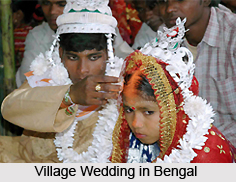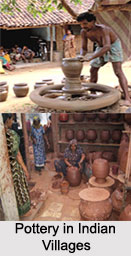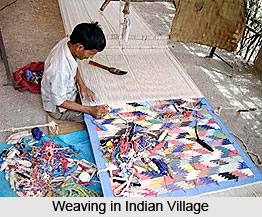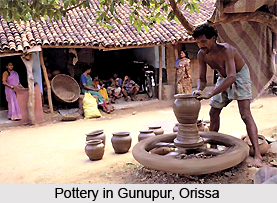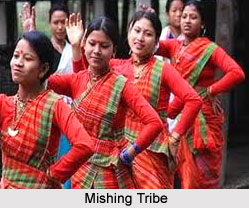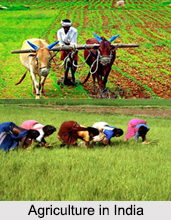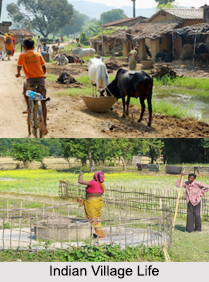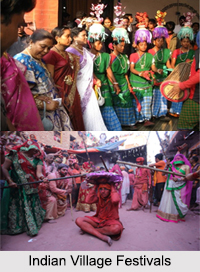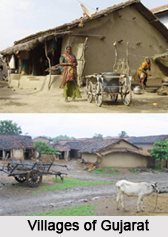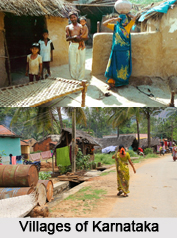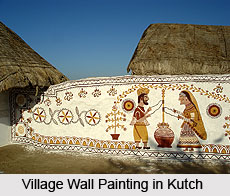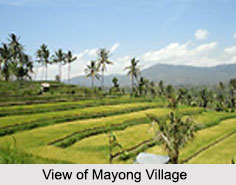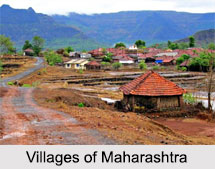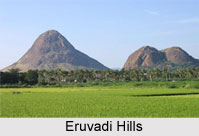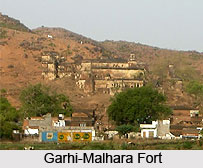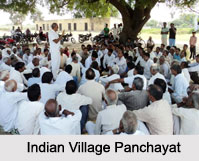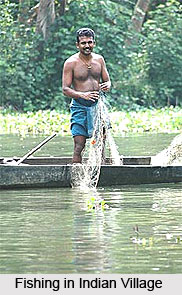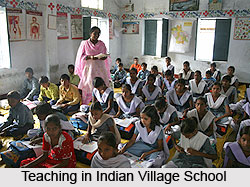 Panchmura is a gram panchayat and it is a village in Bankura District of West Bengal.
Panchmura is a gram panchayat and it is a village in Bankura District of West Bengal.
Location of Panchmura
Panchmura falls under Taldangra intermediate panchayat, in Khatra subdivision of Bankura district in West Bengal. Panchmura is located at 22.9667 degree N 87.1667 degree E. It has an average elevation of 68 meters.
Geography of Panchmura
Panchmura is 21 km from Bishnupur Sub division and this place is famous for the terracotta horse of Bankura, a folk artefact and now the national symbol for Indian handicrafts. In Panchmura, there are the census villages under Panchmura gram panchayat. These are Nutangram, Danduria, Dhobajor, Banskopa, Kanaipur, Radhanagar, Amjor, Panchmura, Adhkara, Kukutia, Jaypur, Chakiambedia, Lalbandh, Deulbhira, Bhetuadanga, Jambedia, Rasiagara, Shyamsundarpur and Tatar.
Population of Panchmura
Panchmura village has population of 3719 of which 1854 are males while 1865 are females, according to the Population Census held in the year 2011. Mostly dependant on Bankura art which is famous in India and the world, Panchmura people belongs from the low income groups. In Panchmura village, the population of children with age 0-6 is 425 which makes up 11.43 percent of total population of village. The average sex ratio of Panchmura village is 1006 which is higher than West Bengal state average of 950. The child sex ratio for the Panchmura as per census is 1179, higher than West Bengal average of 956.
Education of Panchmura
Panchmura has the higher literacy rate compared to West Bengal. In 2011, the literacy rate of Panchmura was 76.65 percent compared to 76.26 percent of West Bengal. In Panchmura, the male literacy rate stands at 84.87 percent while the female literacy rate was 68.32 percent.
Importance of Panchmura
Panchmura village has the vast importance as it is the abode of treacotta effigy makers. The terracotta Bankura horse is the logo of All India Handicrafts, and it is worldly acclaimed, now adorns drawing rooms across the world as symbols of Indian folk-art.
Terracotta Festival
Terracotta Festival in Panchmura held the Panchmura village, near Bishnupur. One can see the artists" homes double up as their studios. There one can also see the artisans at work and may be pick up a tip or two from them. The fair is organised by the local association of artisans in collaboration with a non-government organisation.
